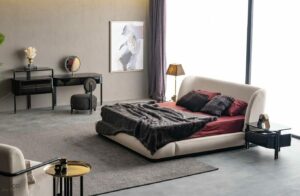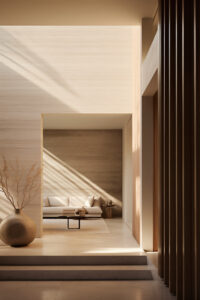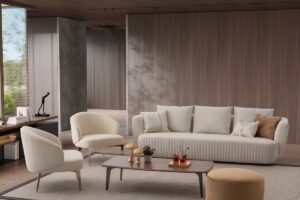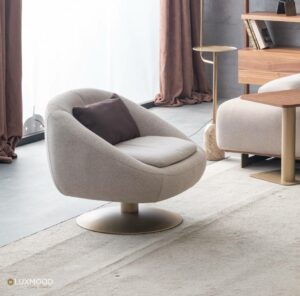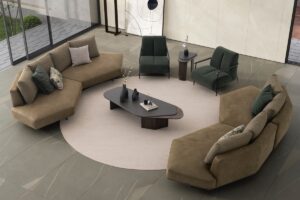Embracing Tranquility: The Beauty of Minimalistic Design in Your Home
1. The Art of Decluttering:
At the core of minimalistic design lies the art of decluttering. Begin by evaluating each room and determining which items truly serve a purpose or hold sentimental value. Rid your space of unnecessary belongings, creating a clean slate for intentional design.
2. Neutral Color Palette:
Minimalism often embraces a neutral color palette, featuring shades of whites, grays, and earthy tones. These colors evoke a sense of calmness and create a cohesive flow throughout your home. Consider adding pops of color sparingly to accentuate certain areas.
3. Functional Furniture:
Choose furniture pieces that prioritize function while maintaining a simple and streamlined look. Multi-purpose furniture can help save space and eliminate the need for excess items. Remember, every piece should have a purpose.
4. Abundant Light and Space:
Maximize natural light and create an illusion of space by using mirrors strategically. A well-lit and open environment fosters a sense of airiness and positivity, key elements of minimalistic design.
5. Mindful Decor:
Select decor items thoughtfully. Opt for a few carefully chosen pieces that resonate with you, rather than overwhelming your space with trinkets. This allows each item to stand out and become a statement in itself.
6. Quality Over Quantity:
Invest in high-quality items that are built to last. The minimalistic design promotes sustainability and discourages disposable consumerism. Choose items that add value to your life rather than fleeting trends.
7. Organized Storage:
Effective storage solutions are essential in a minimalistic home. Built-in shelves, hidden storage compartments, and organizational systems keep items out of sight, maintaining a clean and uncluttered aesthetic.
8. Mindful Technology Use:
9. Tranquil Retreat:
10. Personal Reflection:
Minimalistic design is not about stark emptiness; it’s about creating a canvas for personal reflection and mindfulness. As you design your space, consider how it makes you feel and the sense of calm it brings.
